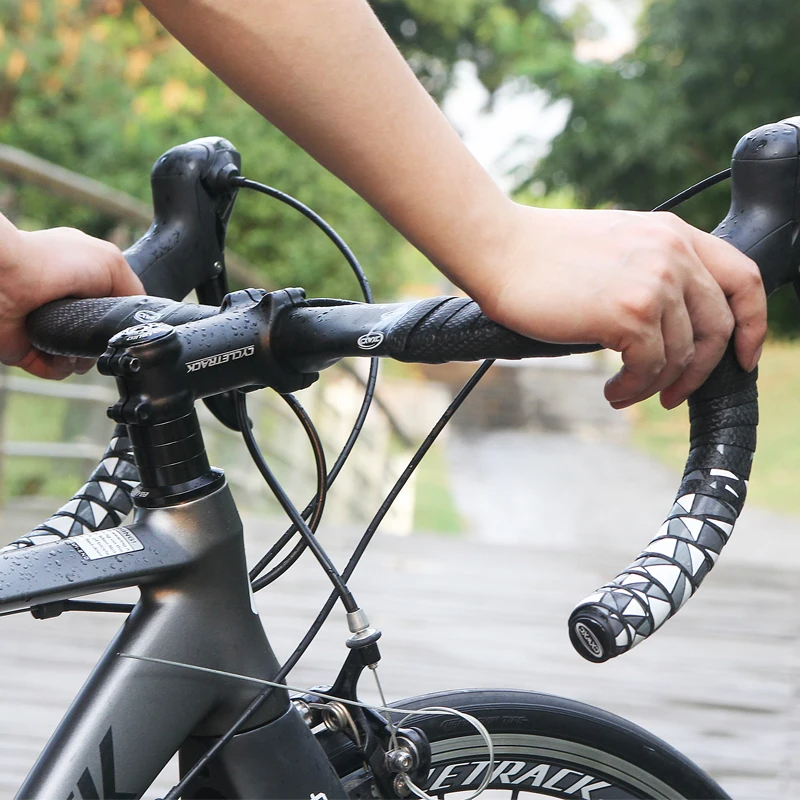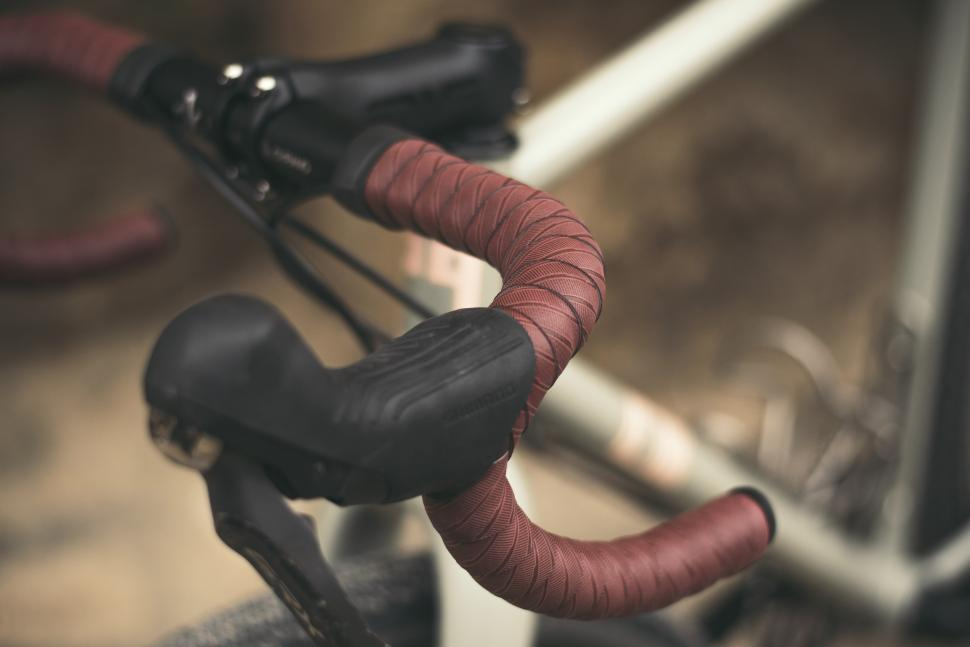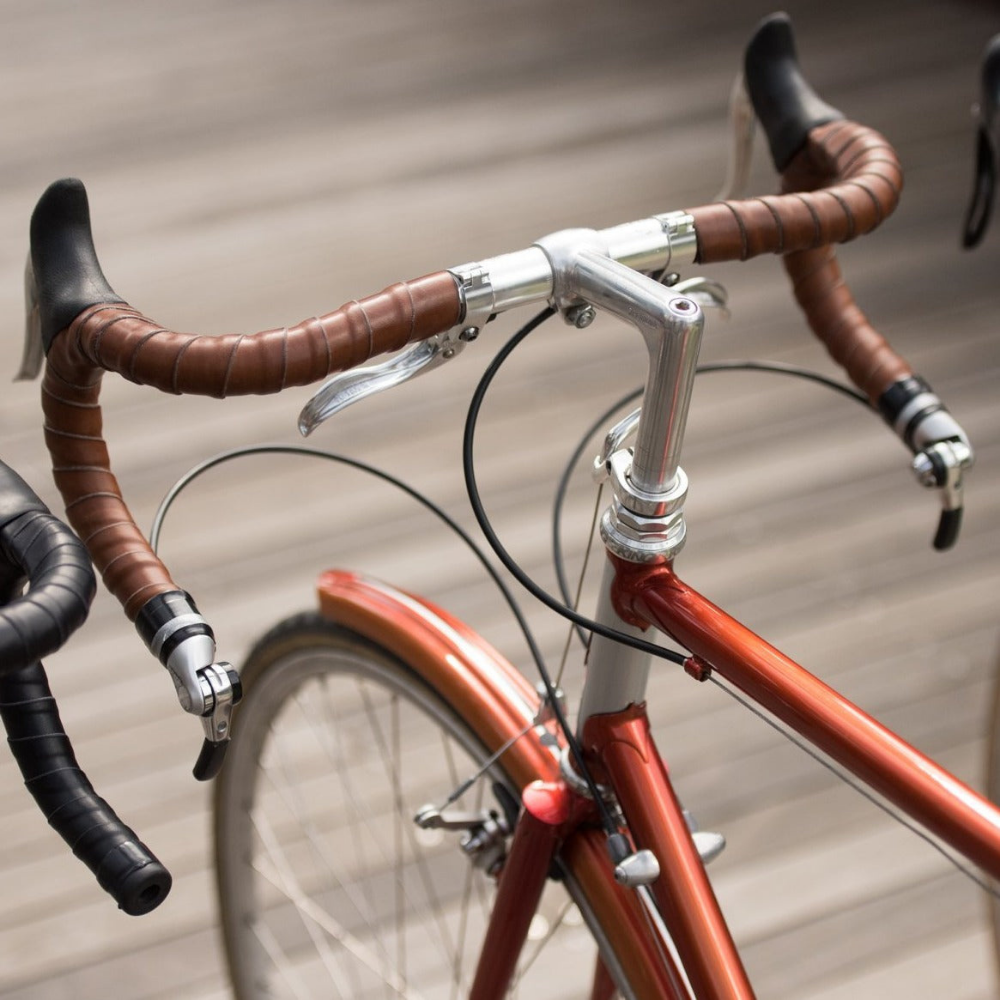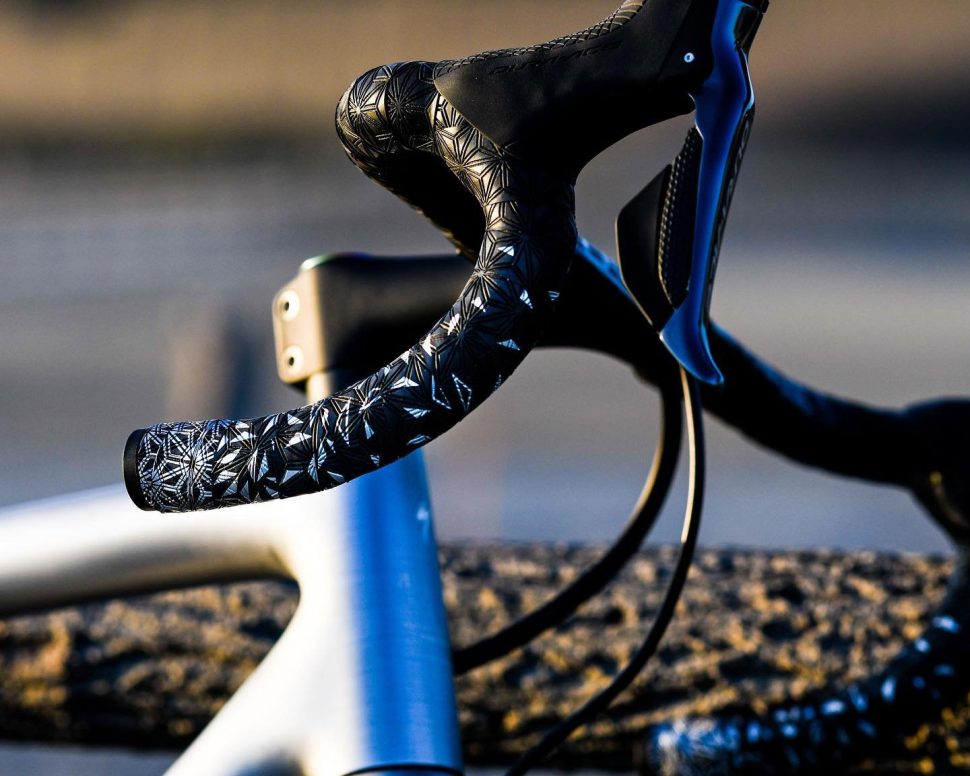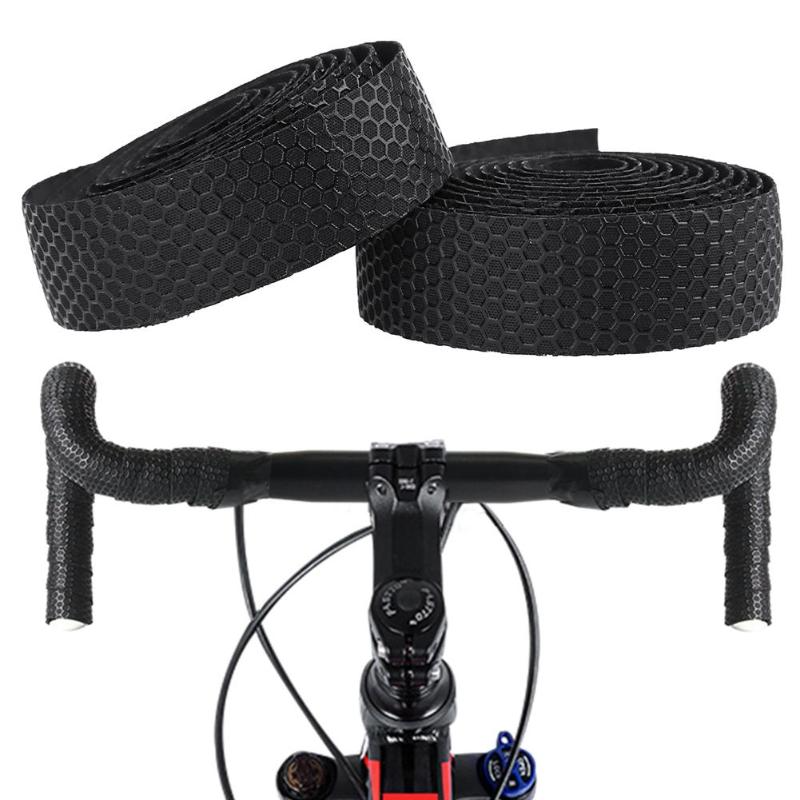Cycling, particularly road biking, is a sport that marries the thrill of speed with the serenity of nature. Among the many components contributing to a satisfying ride, handlebar tape plays a pivotal role. Far from being just an aesthetic addition, it significantly impacts comfort, grip, and overall control. This comprehensive guide delves into the intricate world of road bike handlebar tape, exploring its importance, materials, installation techniques, and maintenance, ensuring that every cyclist can make informed decisions for their next ride.
Understanding the Significance of Handlebar Tape
More Than Meets the Eye
Handlebar tape serves as the interface between the cyclist’s hands and the bike, absorbing vibrations from rough terrain, enhancing grip, and providing cushioning. It is this crucial layer that transforms a potentially jarring experience into a comfortable and controlled one. Moreover, it personalizes the bike, allowing riders to express their style through color and texture choices.
Materials Matter: A Guide to Tape Varieties
Cork: The Classic Choice
Cork tape, a long-standing favorite among cyclists, is known for its excellent grip, even when wet, and its natural ability to dampen vibrations. Its soft feel and breathable nature keep hands comfortable during extended rides. Cork tape ages gracefully, developing a unique patina over time, adding character to the bike.
Synthetic Options: EVA Foam and Gel
For those seeking a more durable and weather-resistant alternative, EVA foam and gel tapes are popular choices. EVA foam offers lightweight cushioning, while gel tapes provide enhanced vibration damping, ideal for cyclists prone to hand fatigue or numbness. These synthetic materials are typically easier to clean and maintain compared to cork.
Leather: Luxury and Durability Combined
Leather handlebar tape adds a touch of classic elegance and longevity to a bike. While initially stiffer and requiring a break-in period, leather develops a comfortable patina over time, conforming to the rider’s hands. It’s resistant to wear and, if well-maintained, can last for years.
Installing Handlebar Tape Like a Pro
Preparation is Key
Before diving into the taping process, ensure your bars are clean and free of debris. Apply a thin layer of electrical tape or dedicated bar-plug tape to the bar ends to secure the final wrap. If using bartape with built-in bar plugs, skip this step.
The Wrapping Technique
Begin by aligning the tape’s starting point at the bottom of the drops, usually indicated by an arrow on the tape. Wrap the tape upward, overlapping slightly with each rotation, ensuring a consistent tension to prevent slippage. For a professional finish, wrap the brake lever area by creating a small loop around it before continuing up the hood. At the top, neatly tuck the end under the finishing tape or secure it with a bar-end plug.
Finishing Touches
Adding a touch of finishing tape not only secures the wrap’s end but also provides a clean, polished look. Ensure it’s tightly wrapped and trimmed neatly. Don’t forget to install new bar plugs, completing the transformation.
Maintaining Your Handlebar Tape: Tips for Longevity
Handlebar tape is more than a mere accessory; it’s a vital component that directly influences your cycling experience. It safeguards against discomfort, enhances grip, and personalizes your bike’s aesthetics. To ensure your tape stays in top condition, extending its lifespan and maintaining peak performance, adopting a diligent maintenance routine is crucial. Here are expert tips for preserving the integrity and longevity of your road bike handlebar tape.
Regular Cleaning: The Foundation of Maintenance
Stay Ahead of Grime
Sweat, dirt, and oil from your hands can quickly accumulate on the tape, deteriorating its quality and appearance. Make it a habit to wipe down the tape after each ride using a soft, damp cloth. For stubborn stains or residue, a gentle soap solution can work wonders, but always rinse thoroughly and dry afterwards to prevent moisture damage.
Avoid Harsh Chemicals
Steer clear of abrasive cleaners or solvents, as they can damage the tape’s surface, leading to premature wear or discoloration. Stick to mild soaps or specialized bike cleaning products designed to be gentle on sensitive materials like cork or leather.
Inspect for Wear and Tear
Regular Checks for Damage
Conduct a visual inspection of your handlebar tape at least once a month. Look for signs of fraying, tears, or significant thinning, which can compromise both grip and comfort. Early detection allows for timely repair or replacement, preventing further damage.
Mind the Corners and Contact Points
Pay particular attention to areas where your hands frequently rest, especially around brake hoods and bar ends. These high-contact zones are prone to accelerated wear and may require additional care or reinforcement.
Addressing Issues Promptly
Repair or Replace?
Minor nicks or frays can sometimes be remedied with a small piece of clear tape or a strategically placed drop of super glue. However, if the damage is extensive or affects the tape’s functionality, it’s time for a replacement. Remember, compromised tape not only affects your ride quality but can also lead to safety issues.
Choosing the Right Moment
Ideally, replace your tape once a year, or sooner if it shows significant wear. This proactive approach ensures consistent performance and prevents unexpected failures during rides. Scheduling a tape change during your bike’s annual service can be a handy reminder.
Protecting Your Investment
Pre-Ride Checks
Before every ride, give your handlebar tape a quick once-over. Ensure it’s securely wrapped, with no loose ends that could catch or unwind during your journey. Tightening any loose sections promptly can save you from a mid-ride inconvenience.
Use Gloves When Needed
While gloves aren’t mandatory, they can offer additional protection to both your hands and the tape, especially on long or intense rides. They help absorb sweat and reduce direct friction, prolonging the tape’s life.
Conclusion: Embracing the Perfect Blend of Function and Fashion
In the realm of road cycling, handlebar tape transcends its utilitarian purpose, becoming a reflection of a rider’s style and attention to detail. By understanding the various materials available, mastering the art of installation, and committing to regular maintenance, cyclists can elevate their riding experience, ensuring every outing is comfortable, controlled, and visually appealing. Whether opting for the classic appeal of cork, the durability of synthetics, or the luxury of leather, remember that the right tape not only protects your hands but also connects you more intimately with your bike and the open road.

